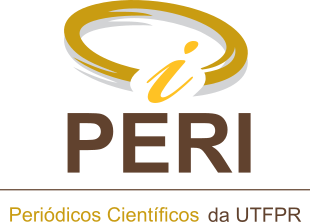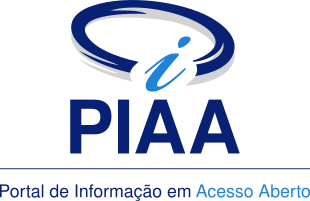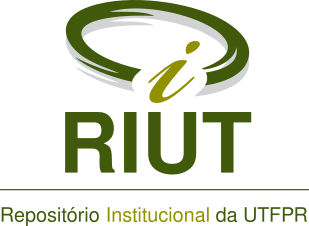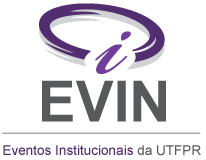WEEE management of tinting machines in the context of industrial ecology and the circular economy in Brazil
Resumo
The evolution of the tinting system, from its introduction in the 1970s in the USA and Europe to its arrival in Brazil in 1992, transformed paint commercialization and offered growth potential, although it represents less than 20% of the Brazilian architectural paints sector. Simultaneously, environmental challenges emerge from increasing electronic equipment production, requiring strategies such as industrial ecology and circular economy. This study addresses Waste Electrical and Electronic Equipment (WEEE) management in tinting machines, presenting component details, business scenarios, and WEEE generation estimates over 50 years to support decision-making. Results indicate that rental, by enabling reuse, remanufacturing, and recycling, can reduce WEEE generation by up to 87.5% compared to linear sales, underscoring the importance of circular business models to mitigate impacts and foster sustainability in electronic waste management.
Palavras-chave
Texto completo:
PDFDOI: 10.3895/rts.v21n66.20905
Apontamentos
- Não há apontamentos.
Direitos autorais 2025 CC-BY

Esta obra está licenciada sob uma licença Creative Commons Atribuição 4.0 Internacional.





